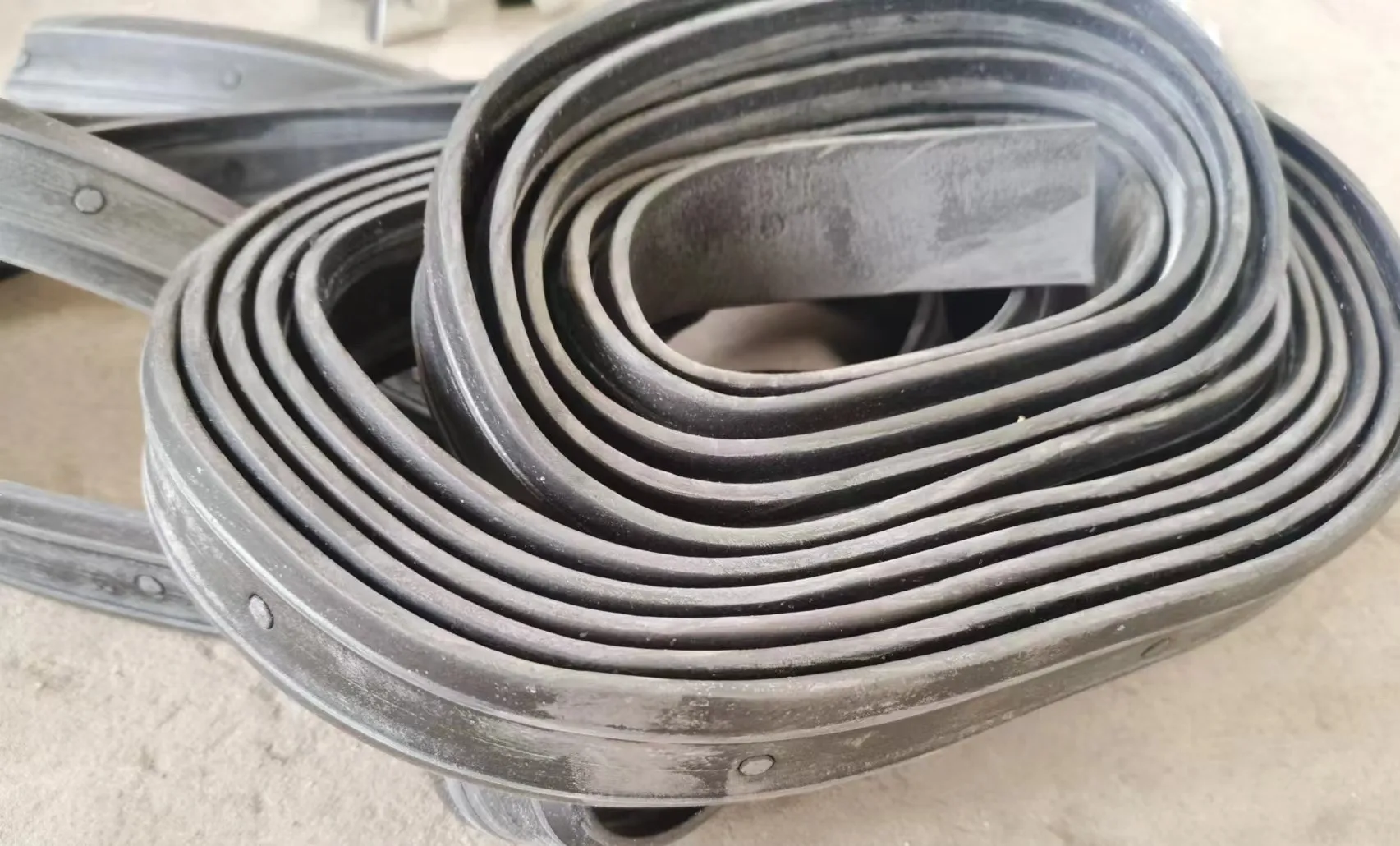loading...
- No. 9, Xingyuan South Street, Dongwaihuan Road, Zaoqiang County, Hengshui, Hebei, China
- admin@zjcomposites.com
- +86 15097380338
- Welcome to visit our website!
grp sectional panel tank
Understanding GRP Sectional Panel Tanks An Overview
Glass Reinforced Plastic (GRP) sectional panel tanks have gained immense popularity in various industries due to their versatility, durability, and efficiency in storing water and other liquids. These tanks are made from a combination of glass fiber and resin, forming a strong and lightweight structure. This article aims to provide a comprehensive overview of GRP sectional panel tanks, including their design, benefits, and applications.
What Are GRP Sectional Panel Tanks?
GRP sectional panel tanks consist of pre-fabricated panels that are assembled on-site to create a robust storage unit. The panels are manufactured in different sizes and shapes, allowing for customization according to specific storage needs. This modular design makes it easy to transport and install the tanks, as they can be adapted to fit various space limitations and capacities.
Key Benefits of GRP Sectional Panel Tanks
1. Durability and Longevity One of the primary advantages of GRP sectional panel tanks is their resistance to corrosion. Unlike traditional steel tanks that may degrade over time due to rust and chemical reactions, GRP tanks maintain their structural integrity for decades. This longevity translates into reduced maintenance costs and a longer service life.
grp sectional panel tank

2. Lightweight and Easy to Handle The lightweight nature of GRP allows for straightforward transportation and installation. This characteristic not only reduces labor costs but also minimizes the need for heavy lifting equipment during setup. The ease of handling makes GRP tanks particularly suitable for projects where accessibility is an issue.
3. Versatile Applications GRP sectional panel tanks are utilized across various sectors, including municipal water supply, industrial processes, agricultural irrigation, and fire protection systems. Their adaptability makes them suitable for storing different types of liquids, from potable water to chemicals.
4. Cost-Effectiveness Although the initial investment in GRP tanks may be higher than traditional options, their long-term benefits often outweigh the costs. With lower maintenance requirements, improved energy efficiency, and minimal replacement needs, GRP tanks are an economically viable solution.
5. Environmental Friendliness GRP tanks are manufactured using materials that are less harmful to the environment compared to conventional storage solutions. Additionally, their durability contributes to sustainability by reducing waste and the frequency of replacements.
Conclusion
In conclusion, GRP sectional panel tanks offer a modern solution for liquid storage needs across various industries. Their robust design, durability, and versatility make them a preferred choice for engineers and project managers. As industries continue to evolve and seek efficient and sustainable storage solutions, the adoption of GRP technology is expected to rise, paving the way for smarter and more environmentally friendly water management practices. Whether for municipal water systems or industrial applications, GRP sectional panel tanks stand out as a reliable and cost-effective option.
-
GRP Structures: The Future of Lightweight, High-Performance EngineeringNewsJun.20,2025
-
FRP Water Tank: High-Performance Storage for Corrosive and Clean Water SystemsNewsJun.20,2025
-
FRP Square Tube: The New Industry Standard for Chemical and Structural ApplicationsNewsJun.20,2025
-
FRP Pultruded Profiles: The Ultimate Choice for Lightweight Structural StrengthNewsJun.20,2025
-
FRP Handrails: The Safer, Smarter, and Stronger Choice for Modern InfrastructureNewsJun.20,2025
-
FRP Grating: The Smart Solution for Durable, Lightweight Industrial FlooringNewsJun.20,2025
-
Why Choose a Galvanized Water Tank for Your Storage NeedsNewsMay.21,2025
